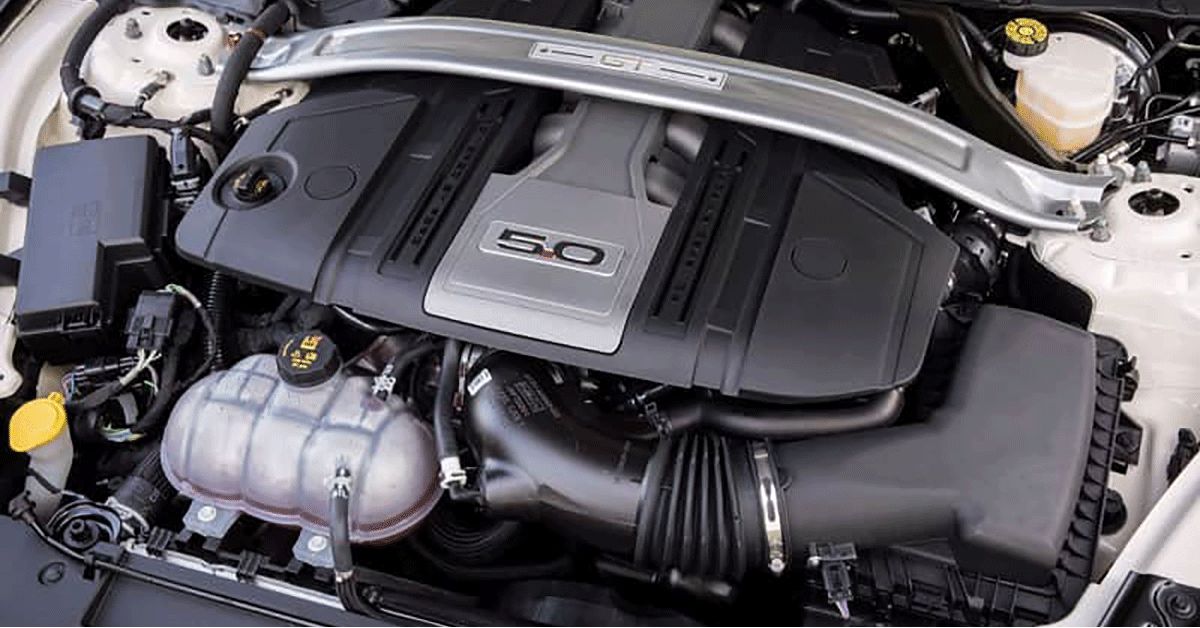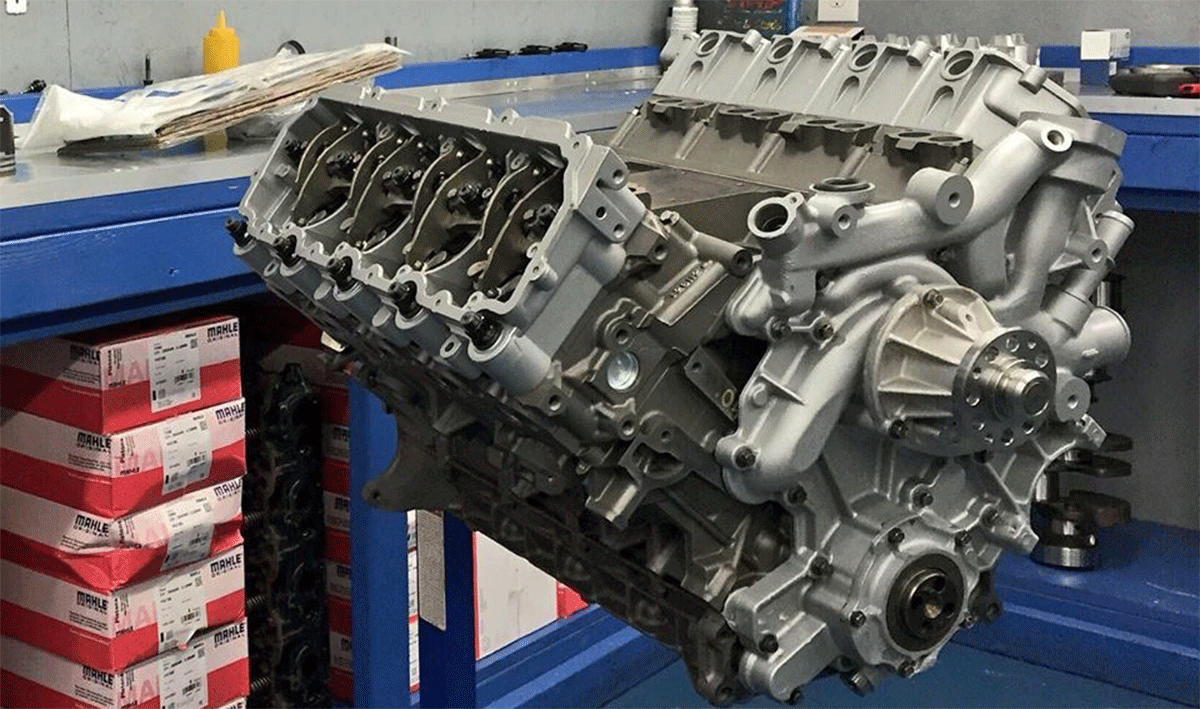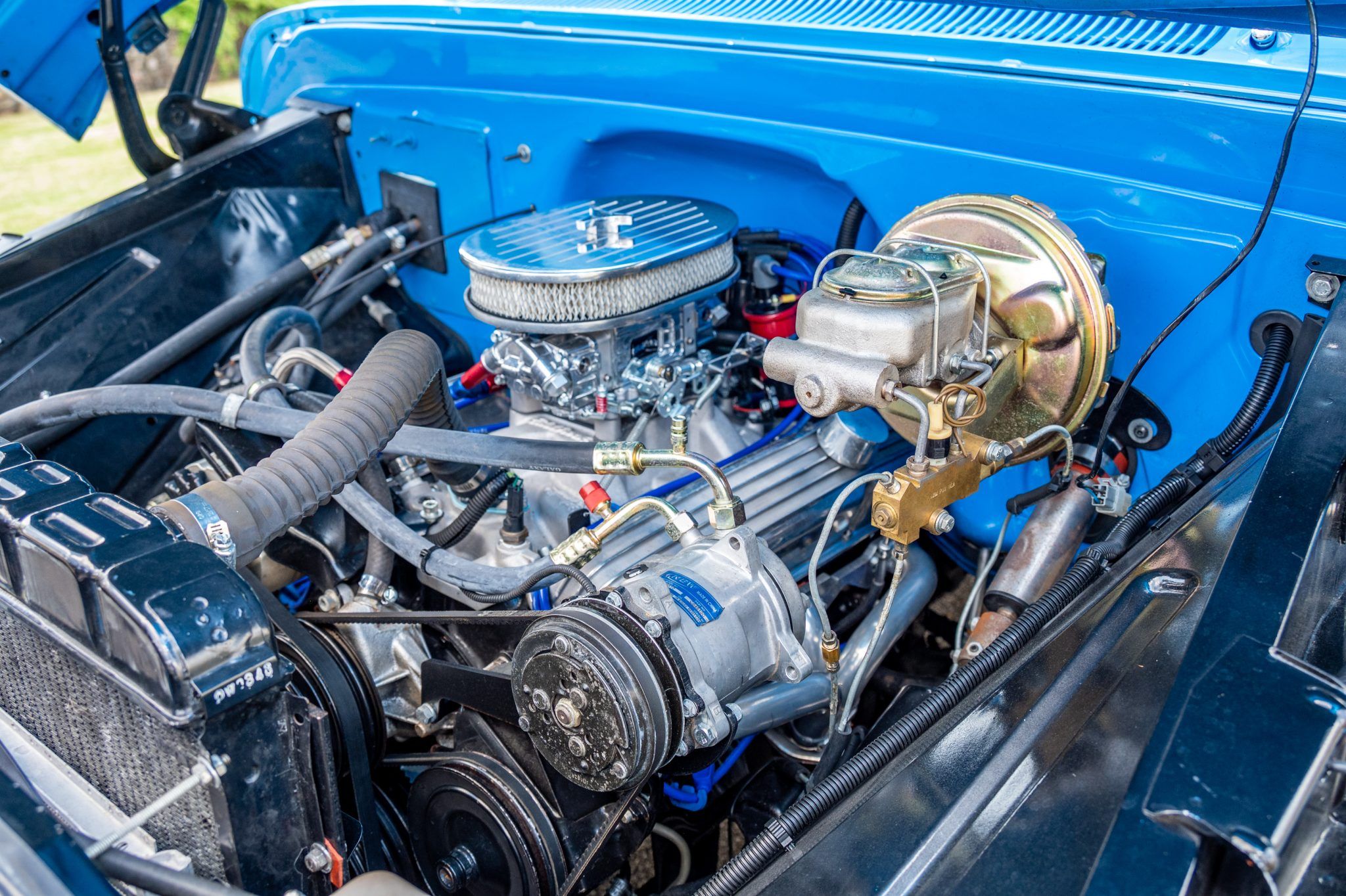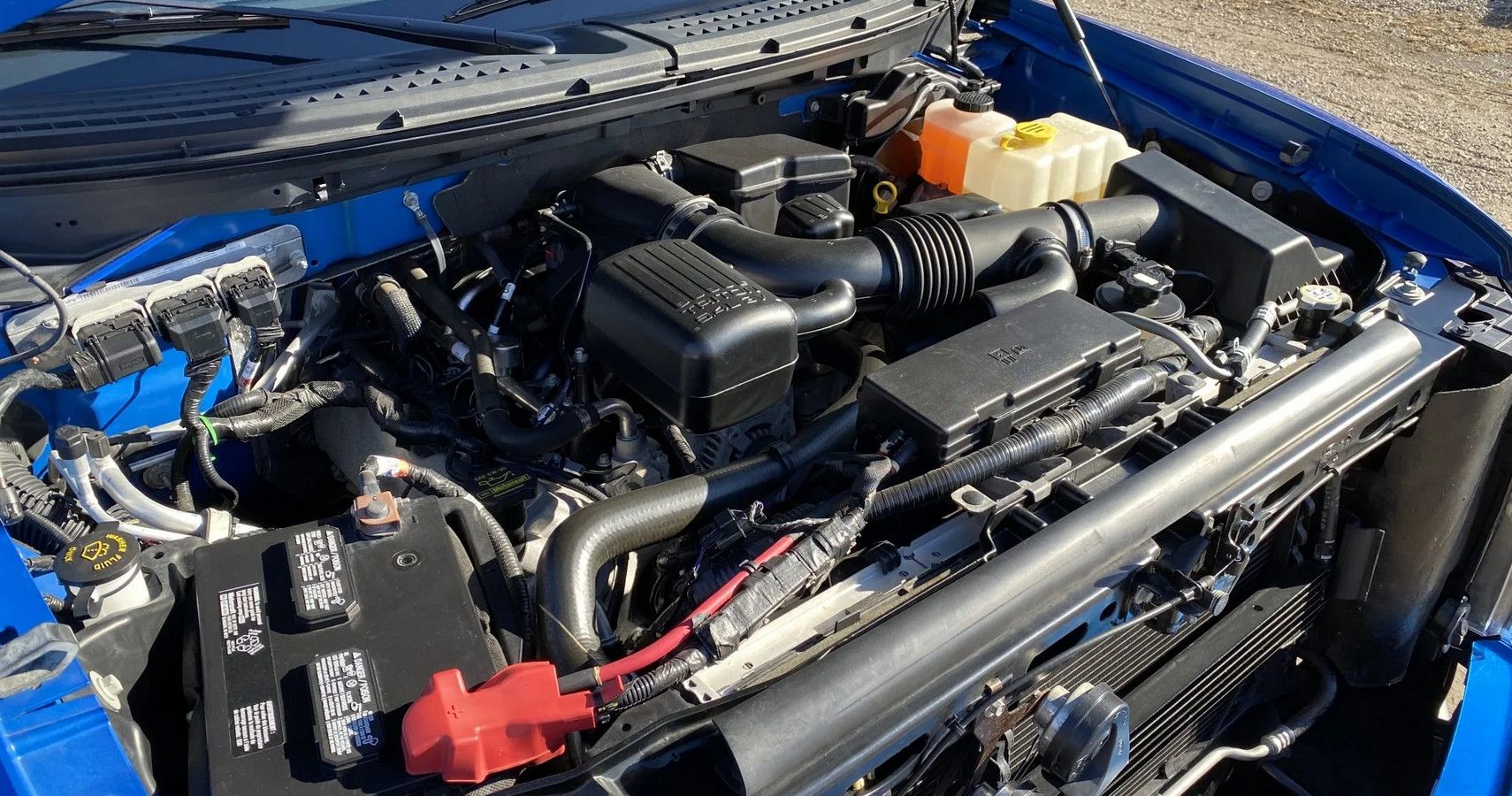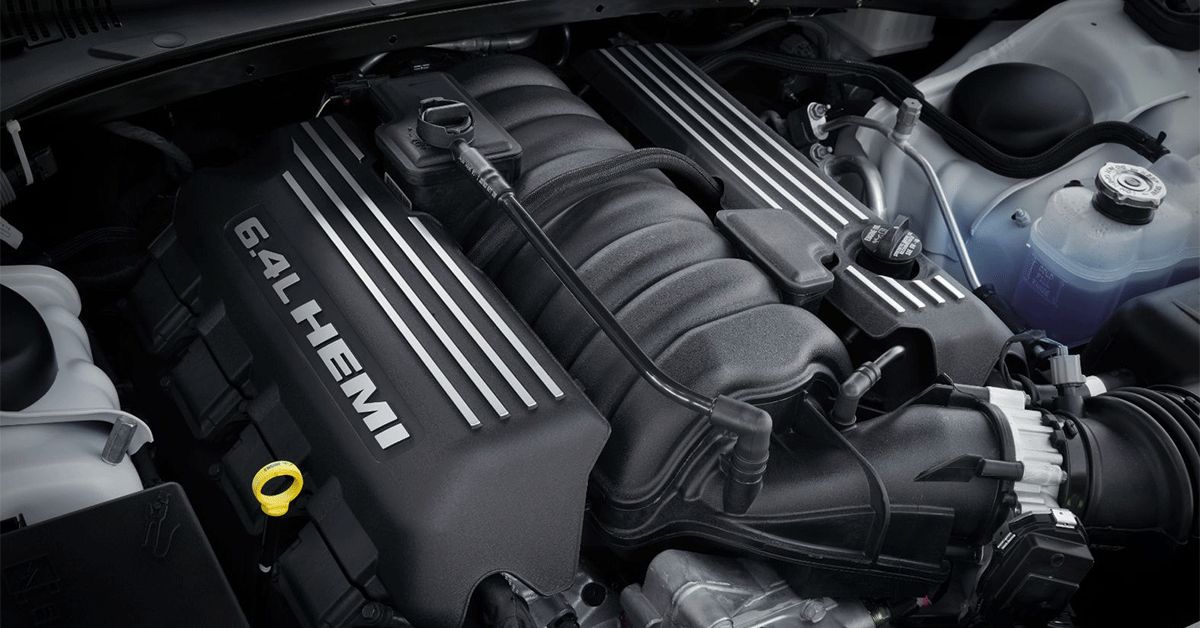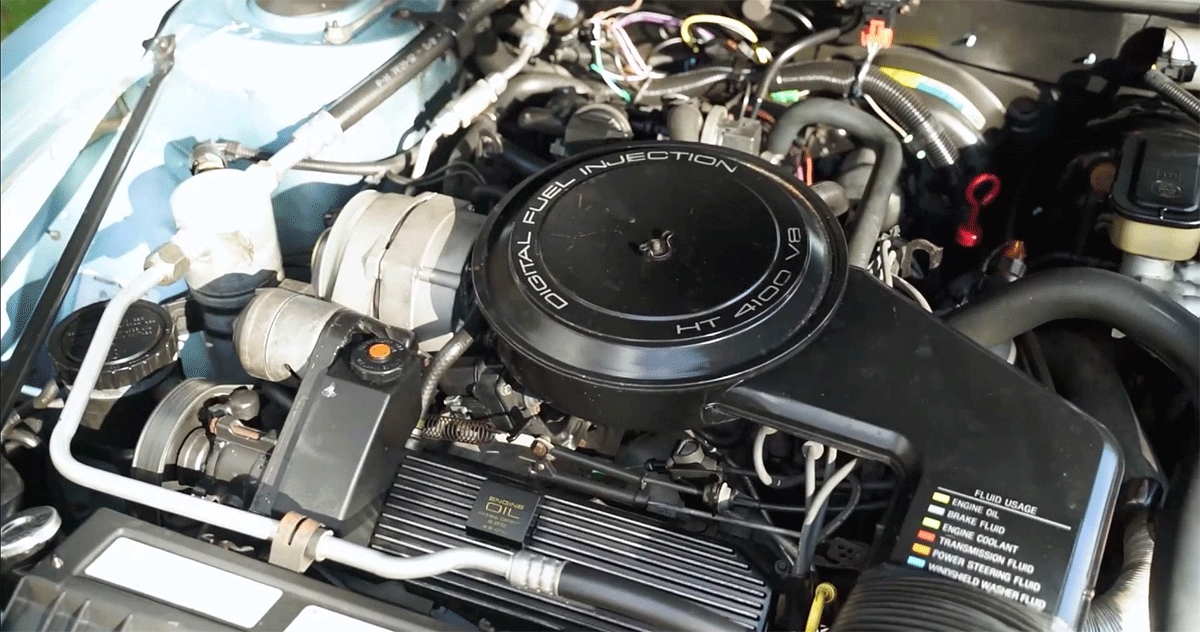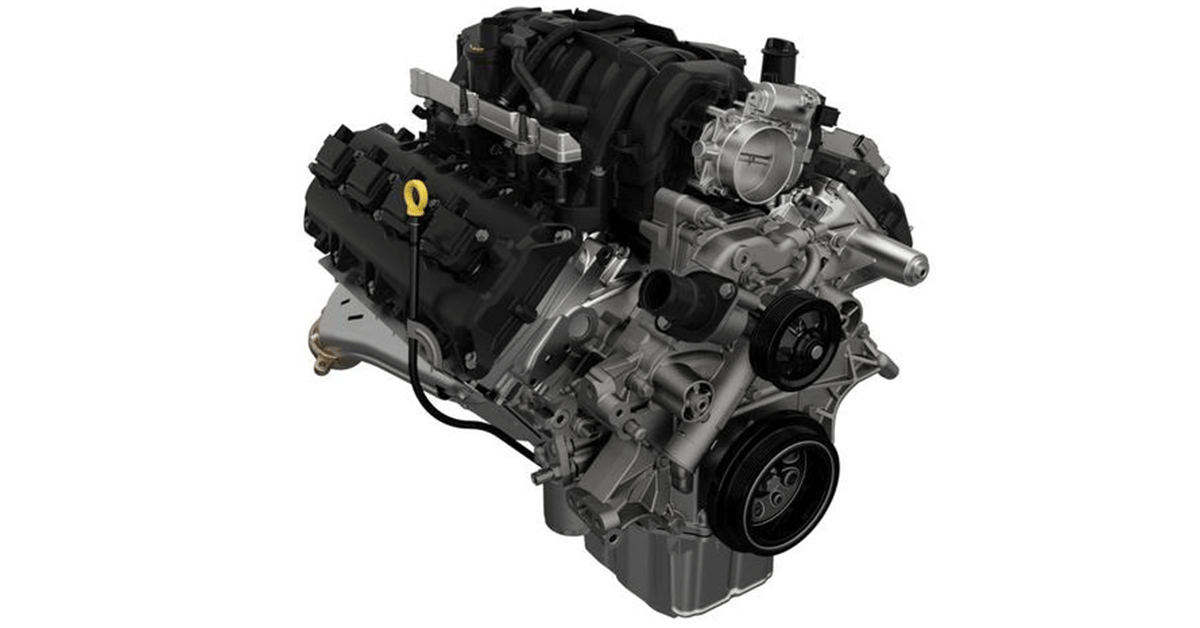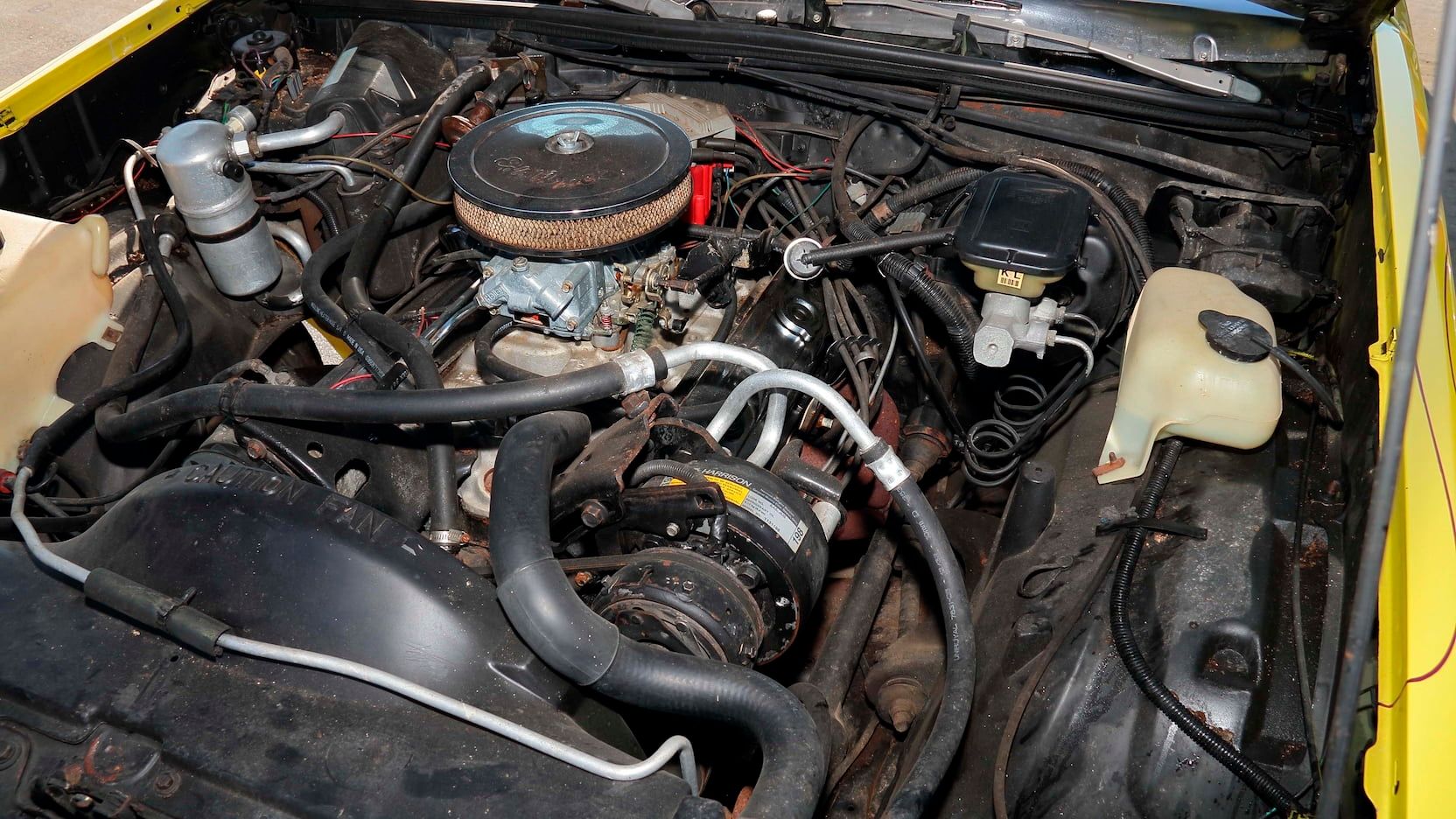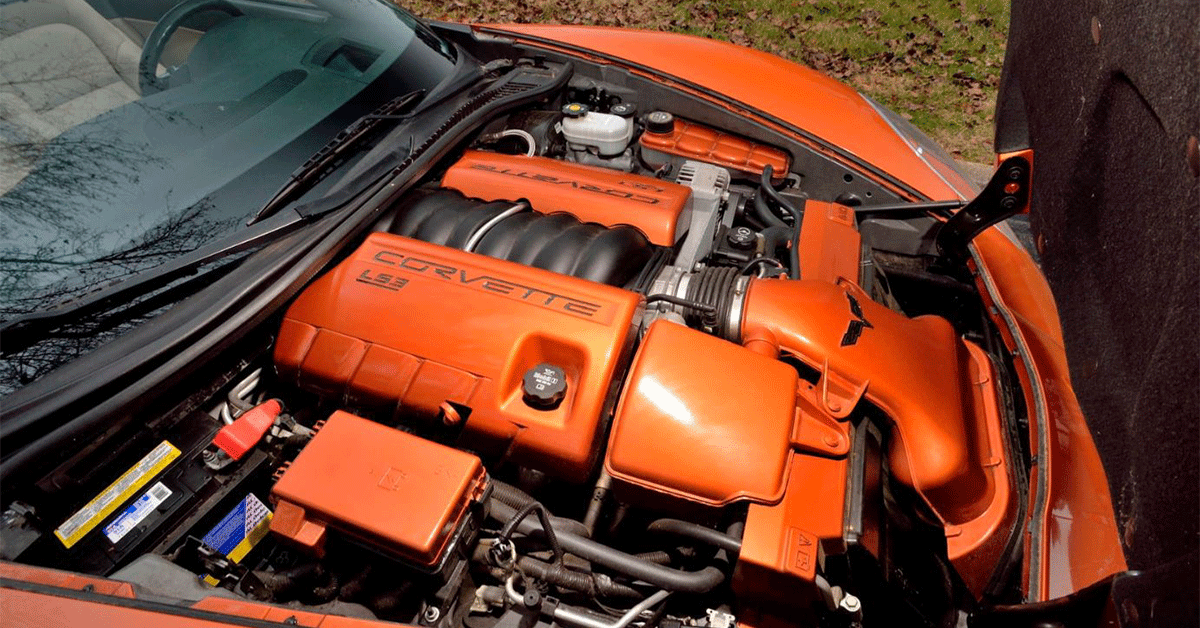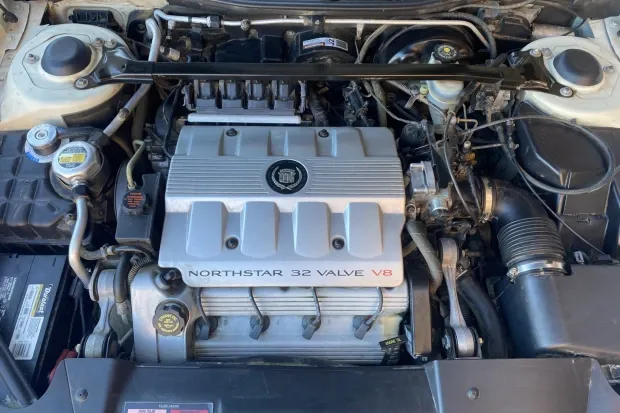Since the beginning of cars, the automotive industry has seen various experiments with engines. The V8 has proven to be one of the best and most successful engine configurations. Automakers then began rebuilding the V8 engine to make it as powerful and efficient as possible. This resulted in some extremely reliable V8s, while others ended up being real performance and reliability problems.
While other brands in Europe have their fair share of amazing V8s, American automakers are responsible for producing arguably the best V8s ever. When we think of American V8s, we have iconic engines like the Ford 302, the Chrysler Hemi, and the Chevy small block, to name a few. From the late 1940s through the muscle car golden age of the 1960s to the oil embargo of the 70s and beyond, America has produced incredibly reliable engines that have stood the test of time. These engines have powered some of the best American performance muscle cars, pickup trucks i SUV. But sprinkled among these bulletproof V8s are some real cheaters, plagued with all kinds of mechanical problems. Here are the five most durable American V8s and five that will fall apart.
10 Durable: 2011-2023 Ford Coyote 5.0L Naturally Aspirated V8
Ford introduced the Coyote V8 in 2011, and since then it has proven to be a reliable workhorse in the Ford F-150 truck and Mustang GT. Aiming to compete against GM’s 6.2-liter V8 and Chrysler’s 6.4-liter Hemi, Ford managed to create a smaller-displacement powerplant that puts down the same amount of power as its closest competitors. .
Plus, the Coyote V8 is incredibly reliable. Being a naturally aspirated engine, the Coyote is less complicated as it has fewer moving parts that can fail. From 2011 to 2017, the engine featured durable timing chains, a traditional port fuel injection system, heavy-duty forged connecting rods and crankshaft, and iron sleeves. This combination provided mind-blowing long-term reliability. Even more than a decade after its introduction, many drivers swear by the Coyote engine, with only a handful of problems, thanks to its simplicity. Today, you can easily find used Ford F-150s with over 250,000 miles and still in good condition.
9 Will Crumble – 2003-2007 Ford Super Duty 6.0 Liter Power Stroke V8 Engine
If you’re a diesel, you probably know that a lot of people wouldn’t touch the 2003-2007 Ford Super Duty diesel truck with a 10-foot stick. The 6.0-liter Power Stroke engine that powers these trucks suffers from probably the worst reputation in the diesel industry. We believe that no other diesel powerplant in recent history has fueled its owners more than Ford’s Power Stroke engine.
We’re talking repeated failures, expensive towing bills and thousands of repairs on the road. Legend has it that Ford even considered buying GM’s Duramax engines for its trucks. Common failure points include head gaskets, exhaust gas circulation systems, clogged oil coolers, injectors, high pressure oil pumps, turbocharger problems and more. Most of these problems occur within the first 100,000 miles. For these reasons, it is quite rare to find the 6.0L Power Stroke engine with more than 150,000 miles on the clock.
8 Durable: Chevrolet Small-Block 350 V8 engine
Every once in a while, an engine will come along that will revolutionize the entire auto industry, and the Chevy 350 V8 is one of them. The small block V8 that rivals the Hemi engine in popularity has stood the test of time and in some cases even outlived the rest of the car.
Introduced in 1967, the Chevy 5.7-liter V8 went on to power virtually every form of transportation, from cars, trucks, and hot rods to tractors and boats. The engine earned a reputation for reliability, affordability, performance and rugged construction that can withstand a lot of abuse. It became the standard for other small-block engines and rightly earned a spot on Wards Auto’s Top 10 Engines of the 20th Century.
7 Will Crumble: 2002-2008 Ford Triton V8 5.4 liter engine
Introduced in 1997, the 5.4-liter V8 is a member of Ford’s modular engine family. Although a capable engine – producing 230-385bhp – you should avoid the Triton engine like the plague, especially those made between 2002-2008. The original 5.4-liter two-valve SOHC engine had factory defects that deemed it unreliable. The design of the cylinder heads barely had any threads holding the spark plugs, which would cause the spark plugs to blow out of the cylinder heads.
The second-generation engine with three valves per cylinder was no better. It suffered from inadequate lubrication, which when broken, the mechanics discovered the accumulation of oil sludge and debris clogging the oil passages, especially in the cylinder heads. Other issues with the Triton engine involve the timing chain, fuel pump controller module, ignition coil, and leaking oil pan gaskets.
6 Durable: 2011-2023 Chrysler Hemi V8 6.4L engine
Initially offered as a crate engine, Chrysler introduced the production version of the 392 Hemi in 2011, stuffed under the hood of the Dodge Challenger SRT8. It was a naturally aspirated V8 engine, based on the previous 5.7 liter Hemi architecture. A revised version of the engine became available for Ram trucks in 2014.
The 6.4-liter Hemi engine was an improved version of the 5.7-liter version with more power and torque, making it more suitable for towing and hauling. It also proved to be a reliable and strong motor with no known serious problems with normal day-to-day use of the unit. On average, the 6.4L Hemi is good for 250,000 miles or more.
5 Will Crumble: 1982-1987 Cadillac HT4100 V8 Engine
During the 1980s, GM released a series of terrible engines, a trend that started with the famous V8-6-4. Desperate to get out of this mess, the American automaker rushed the HT4100 engine through the development stage and pushed it into production well ahead of schedule in 1982.
In addition to inferior power and performance, the HT4100 was prone to head gasket problems, oil pump failures, and coolant leaks. This was the result of weak block castings causing the head bolts to pull out, taking the threads with them. Also, the intake manifolds started to fail and the cam bearings were eaten alive within the first month of ownership.
4 Durable: 2003-2023 Chrysler Hemi V8 5.7L engine
Commonly known as the 345 Hemi, the 5.7-liter Chrysler V8 is a long-running rod engine that debuted in the 2003 Dodge Ram, making an incredible 345 hp. Although it has undergone several upgrades over the years, the engine remains largely the same today.
The 5.7-liter Hemi engine has long been one of the best V8 engines, and for good reason. It has proven to be a robust and reliable engine for more than two decades. Testimonials on Ramforumz show the 5.7L Hemi lasting over 200,000 miles and some surpassing the 300,000 mile mark. So you can trust the 5.7L Hemi to go the distance with proper maintenance.
3 Will Crumble: 1976-1983 Chevrolet 305 V8 Small Block Engine
The Chevy 305 engine came to life after the oil embargo of the 1970s and was Chevrolet’s cost-effective “economy V8.” As a result, it suffered from Chevy’s cost-cutting measures, poor build quality, and inadequate manufacturing. Today, it is maligned for its lackluster performance and reliability issues.
The engine produced from 1976 through the early 1980s was prone to prematurely worn camshaft lobes, oil leaks, timing chain problems, faulty oil pans and worn gasket seals.
2 Durable: 2008-2013 Chevrolet LS3 V8 6.2L engine
Currently offered as a crate engine, the 6.2-liter LS3 V8 is by far Chevrolet’s longest-lasting modern V8 engine. The American manufacturer used it in several high-performance cars such as the Corvette and Camaro between 2013 and 2019, with a maximum output of 436 hp and 428 lb-ft of torque.
Its simple and durable construction has proven to last 10-20 years or more than 250,000 miles with proper maintenance and regular service intervals. The LS3 is a true engineering marvel, so good that it earned a place among the greats in Wards Auto’s 10 Best Engines and Powertrains 10 Best Engines Award.
1 Will Crumble: 1993-1999 Cadillac Northstar V8 Engine
The Northstar V8 replaced the Cadillac High Technology V8 and was one of the most advanced engines of its time. However, technical advances in the engine made the Northstar V8 too complicated, leading to reliability problems.
It was GM’s first modern production V8 equipped with overhead cams and later received variable valve timing.
Also, the engine block and heads were aluminum. Despite all these impressive features, the engine suffered from problems such as carbon build-up, leaking valve covers, low oil pressure and faulty rear crankshaft seals. Some of these problems were quite expensive to fix, costing about $2,400 on average. Blown head gaskets were the main reasons why most cars equipped with the Northstar engine ended up in a drain sooner than expected. GM finally ditched the Northstar V8 in 2011 and went back to the bulletproof LS-based drivetrain.
Sources: Tuning Pro, Fast Car Planet, Vehicle History, Chevy Trucks, Cararac and Motorverso



